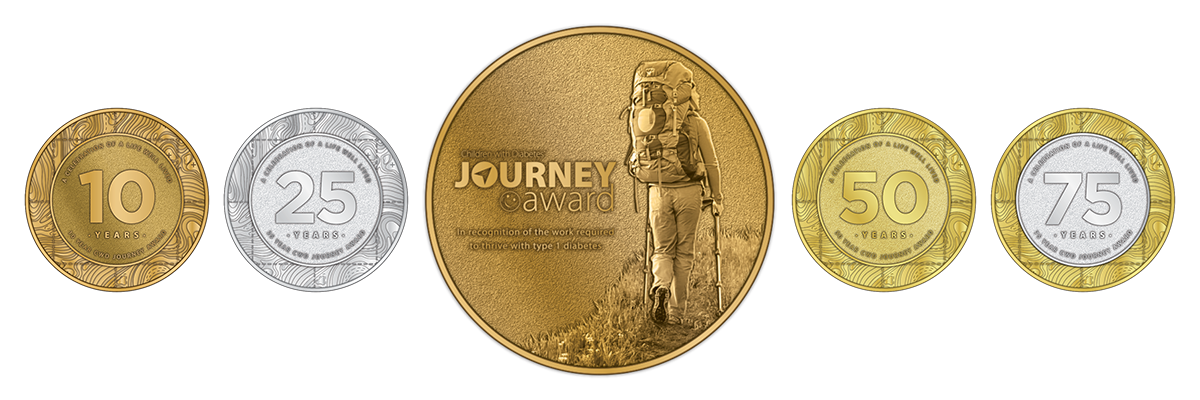
Betsy Butler
I was 7 years old and preparing for Halloween trick-or-treating but had spent the day in the bathroom with a pitcher of water. I spent Halloween night in the children’s hospital with a diagnosis of Type 1 diabetes. A service organization was at the hospital and they were thoughtful enough to bring a nerf ball for the kids with diabetes who couldn’t have candy – I remain grateful for this 50 years later! My parents knew nothing about this “chronic disease” and we had no idea how life-changing this diagnosis was, in big and little ways, including daily (and hourly!) levels. By the next day I was learning to give injections using an orange for practice. I gave myself two shots a day, NPH and Regular insulin. I was also learning how to measure my urine glucose by mixing drops of urine and water in a test tube, adding a tablet which got burning hot and bubbled in the test tube, and then comparing the color of the resulting solution. It was before we had home glucose testing (my blood sugar was tested at the hospital lab every 3 months) and before HbA1c. I took fixed doses of insulin and ate a strict exchange diet to “match” the insulin (we didn’t even have correction doses because we didn’t know what our blood sugar was!) Being even 15 minutes late for a meal meant an intense blood sugar drop, which we called an “insulin reaction”, because the insulin was peaking. In those days there was a lot of talk about diabetes complications which were hard to avoid with such primitive tools. Two years after my diagnosis, my little brother was also diagnosed – the only other person I knew with Type 1. We both attended diabetes camps which was incredible for support in those pre-internet years. In the years following my diagnosis there has been a constant stream of improvements in the tools for diabetes management, starting with “pure” pork insulin, which worked better than the beef-pork mix I was using. Years later they developed fast acting insulins using recombinant DNA – wow! Home blood testing came out – initially they were read visually – large drop of blood on the strip, wait 5 minutes, wipe it off, and compare to a color chart that would give you a general range; later a meter was developed so you could insert the strip into a machine and wait for the reading; it was so exciting when they got the wait time down to 2 minutes! Pumps came out in the 1980s and I got on an early version in 1982 – steel needle, no way to disconnect for showers (clip off the tubing, remove the reservoir, and wear it in a plastic bag on your neck), and you plugged it in to charge every night. I’ve eagerly welcomed every new development. The greatest moment of wonder came with my first CGM – “WOW! Where has this been all my life! So much information!” I am now on a CGM-smart pump combo and absolutely love how much less work and mental energy it takes to maintain a healthy blood sugar with the new technology. I have been lucky to have 3 children, one of whom also developed Type 1 diabetes. I’m so grateful that there were better management tools when he was diagnosed.

since 1974

Do you have a story to share about your experiences with diabetes? We want to hear from you! Tell us your story using the form below and we'll consider it for inclusion in the CWD Stories section of our website.